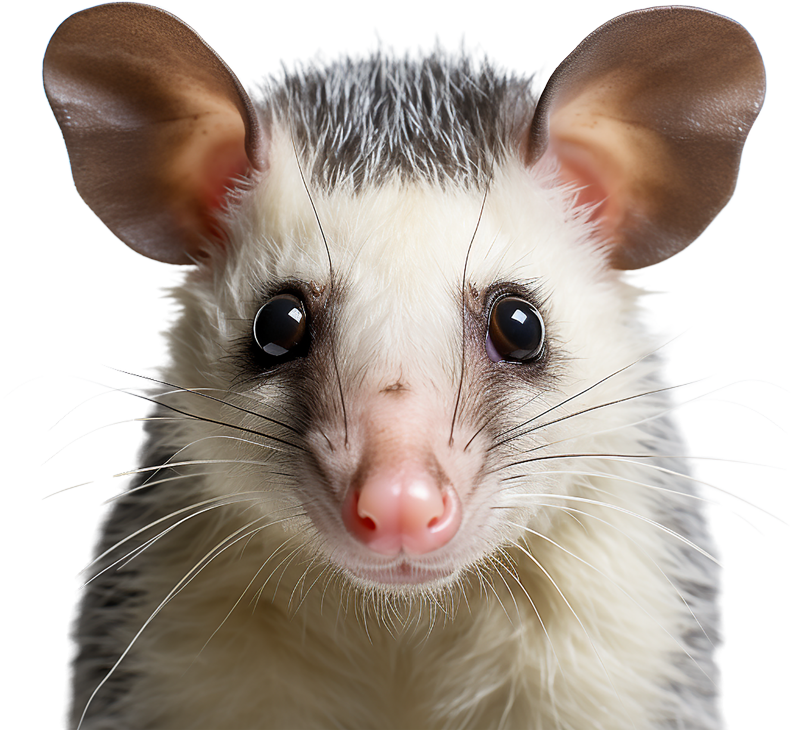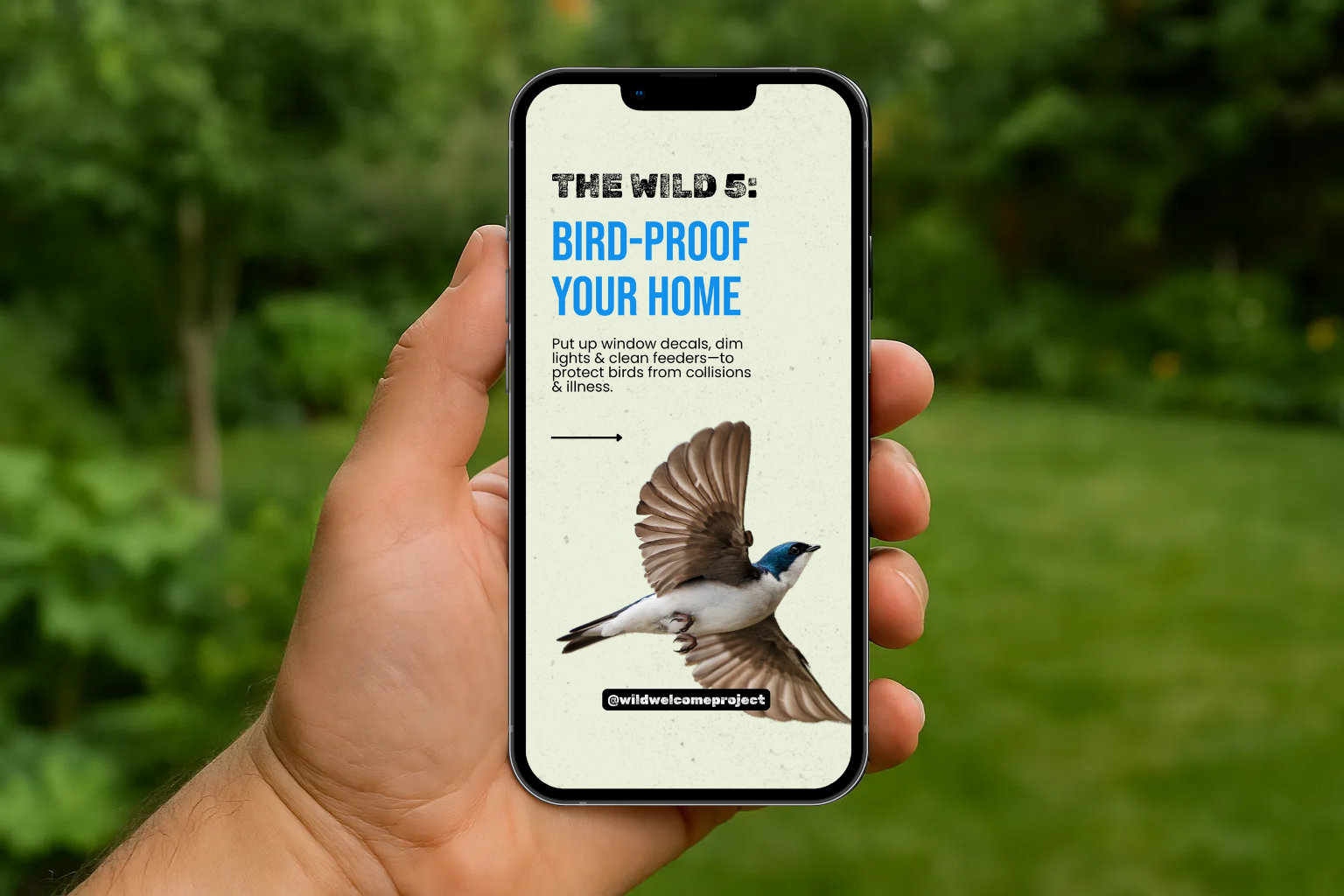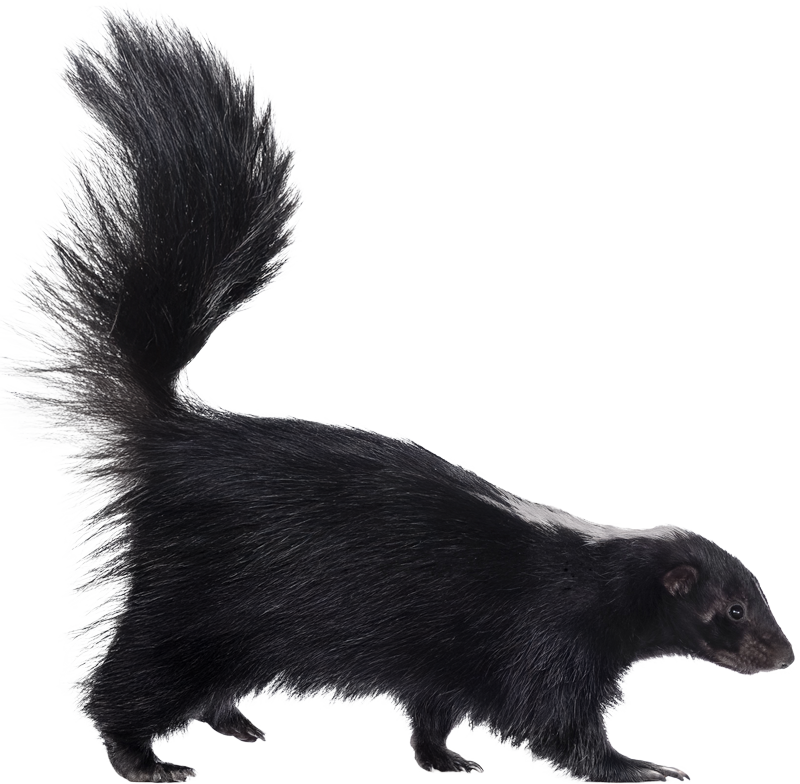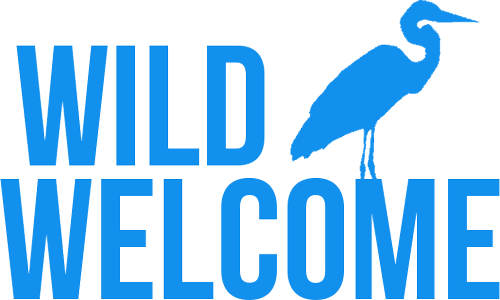
take action for wildlife
do you do the WILD 5?
These 5 simple actions can save wild lives in your neighborhood. Join the challenge now!
The Wild 5 Checklist
Start with these 5 actions:
Ditch Glue Traps
Use humane options like repellents and barriers—so you don’t hurt innocent wildlife by mistake.

Take THE WILD 5 challenge ToDAY
GET YOUR WILD CARD: A PRINTABLE guide to wildlife-friendly living

What You’ll Receive
- Instant Wild Card with practical tips and product swaps
- Weekly emails with tools and ideas for easy changes you can make
- Links to ethical alternatives—like owl boxes, decals, humane traps, and dark-sky bulbs
- Online actions you can support—like a petition against glue traps
Built by the wildlife experts at the Santa Barbara Wildlife Care Network and the Wild Welcome Project.

Share The Wild 5 and join thousands who’ve pledged to help wildlife:
- Download our Wild 5 Instagram Story Share Images
- Share on your social media and tag #DoTheWild5
- Inspire friends to join the movement
Follow @wildwelcomeproject for wildlife tips, actions & more!
-
Get ready for the 12 Days of Wildlife! Thanks to your amazing support, we’ve helped over 4,450 animals this year! We’re celebrating with some of our favorite stories of wildlife rescue from the past year. Starting December 8th, enjoy inspiring stories and joyful moments from SBWCN. Visit our 12 Days landing page at www.sbwcn.org/12-days-of-wildlife for more detailed stories and fun facts about these joyful stories in wildlife rescue. @sbwildlifecarenetwork #12daysofwildlife #12days #holidays #SBWCN #wildliferehabilitation #successstories #wildliferescue #coexistwithwildlifeButton
-
Hello All! We are so excited to announce that starting this month our Instagram will be included in @sbwildlifecarenetwork 's. This will be the last post here for a while so we recommend following SBWCN if you are not following already. We have some exciting events coming up, with the 12 Days of Wildlife starting on December 8th. Be sure to follow SBWCN to see these 12 joyful stories in Wildlife Rehabilitation. @sbwildlifecarenetwork , @wildwelcomeproject #announcement #wildlifeeducation #wildliferehabilitationButton
-
An important keyword in environmental and multispecies studies is “indicator species”- an organism whose presence, absence, or abundance reflects the health of its environment. For example, the Delta Smelt is an important indicator species in the San Francisco Estuary and its presence is indicative of a healthy environment. Delta Smelt have been noticeably in decline causing many groups to look closely at human impact and environmental balance in the estuary. #wildliferehabilitation #keywordsinwildliferehab #environmentalstudies #indicatorspecies #deltasmelt #multispeciescare #sbwcn #coexistwithwildlife @sbwildlifecarenetwork @wildwelcomeprojectButton
-
This is the last week of our deep dive into the actions we can take to be more wildlife aware in our day to day! This time we challenge you to: Ditch Glue Traps. Avoid using glue traps, snap traps, and poison bait stations as a form of critter control. These methods trap animals indiscriminately and often target more species than intended. #Wild5 #wild5challenge #wildwelcomeproject #bewildlifeconcsious #coexistwithwildlife #ditchgluetraps #ditchsnaptraps @sbwildlifecarenetwork @wildwelcomeprojectButton
-
Welcome to our last week of diving into the individual actions of the WILD 5 CHALLENGE- easy actionables that you can take to be more wildlife-aware. This week we are finishing up with action # 5: Ditch Glue Traps. Glue traps and snap traps always affect wildlife indiscriminately. Instead of these traps we encourage wildlife friendly practices like using natural scent based repellents, exclusion doors, owl boxes to invite local wildlife controls to keep rodent populations in check, and trimming overgrown vegetation. #Wild5 #wild5challenge #wildwelcomeproject #bewildlifeconcsious #coexistwithwildlife #ditchgluetraps #ditchsnaptraps @sbwildlifecarenetwork @wildwelcomeprojectButton
-
In the next few weeks we are going to dive more in depth into good practices and practices to avoid in the Wild 5. This week we are focusing on challenge #4: Say No to Poisons. Avoid using rodenticides, herbicides, and insecticides that can travel up the food chain or cause unintended harm to ambient wildlife. #Wild5 #wild5challenge #wildwelcomeproject #bewildlifeconcsious #coexistwithwildlife #saynotopoisons @sbwildlifecarenetwork @wildwelcomeproject @sbwildlifecarenetwork @wildwelcomeprojectButton
-
In the next few weeks we are going to dive more in depth into good practices and practices to avoid in the Wild 5. This week we are focusing on challenge #4: Say No to Poisons. Instead of using poisons to keep unwanted wildlife away, consider exclusionary and mitigating practices to control wildlife near your home. Seal up cracks and entrances where animals can roost. Store trash and pet food away from curious noses. Pull weeds manually instead of spraying chemicals, and use natural pest control. #Wild5 #wild5challenge #wildwelcomeproject #bewildlifeconcsious #coexistwithwildlife #saynotopoisons @sbwildlifecarenetwork @wildwelcomeprojectButton
-
Happy Halloween from Wild Welcome! If you're heading out to trick or treat around dusk or after night has fallen, keep an ear out to hear some of our nocturnal wildlife neighbors! Which animals do you expect to hear at night? #Wild5 #wild5challenge #wildwelcomeproject #bewildlifeconcsious #coexistwithwildlife #saynotopoisons @sbwildlifecarenetwork @wildwelcomeprojectButton
-
Happy Hallo-week from Wild Welcome! Wildlife rehabilitation is a young practice that involves a growing list of duties as we learn more about how to best support our wild neighbors. One important practice in wildlife rehab is enrichment: making sure that our patients are thriving, so we provide activities designed to engage them. Enrichment in wildlife rehab follows seasonal flows- in October and November it's not a strange sight to see some of our patients interacting with pumpkins folks have brought in. #wildlifeenrinchement #pumpkin #northernracoon #wildliferehab #halloweenenrichment #halloweek @sbwildlifecarenetwork @wildwelcomeprojectButton
-
Happy Hallo-week from Wild Welcome! With the days getting shorter this is a perfect time to learn about and observe the animals that become active at dusk. Bats are an exciting nocturnal animal who have a bad reputation. Still the ecosystem services they provide us are many- seed dispersing, pollinating, controlling insects, and recycling nutrients are just a few of them! #happyhalloween #sbwcn #bigearedbat #creaturesofthenight #owloween @sbwildlifecarenetwork @wildwelcomeprojectButton
-
In the next few weeks we are going to dive more in depth into good practices and practices to avoid in the Wild 5. This week we are focusing on challenge #3: Bird Proof your Home. Some practices to avoid to make your home bird safe is refraining from bright lights at night, feeding bread or other processed food to birds, and trimming trees in the fall months, when birds nest. #Wild5 #wild5challenge #wildwelcomeproject #bewildlifeconcsious #coexistwithwildlife #birdproofyourhome @sbwildlifecarenetwork @wildwelcomeprojectButton
-
In the next few weeks we are going to dive more in depth into good practices and practices to avoid in the Wild 5. This week we are focusing on challenge #3: Bird Proof your Home. Good practices for staying wildlife conscious and bird proofing your home includes setting up window decals so birds don't think of glass windows as potential routes to fly in, installing motion activated lights, disinfecting bird feeders you have weekly, checking in with local ordinances to have bird feeders out, and planting native plants. #Wild5 #wild5challenge #wildwelcomeproject #bewildlifeconcsious #coexistwithwildlife #birdproofyourhome @sbwildlifecarenetwork @wildwelcomeprojectButton
-
In the next few weeks we are going to dive more in depth into good practices and practices to avoid in the Wild 5. This week we are focusing on challenge #2: Keep pets away from wildlife. Some practices to avoid in order to be wildlife conscious is to have your animals off leash in wild areas, allow cats to roam freely outdoors, and feeding pets outdoors as it might attract wildlife. #Wild5 #wild5challenge #wildwelcomeproject #bewildlifeconcsious #coexistwithwildlife #keeppetsawayfromwildlife @sbwildlifecarenetwork @wildwelcomeprojectButton
-
In the next few weeks we are going to dive more in depth into good practices and practices to avoid in the Wild 5. This week we are focusing on challenge #2: Keep pets away from wildlife. We love our fur-babies and want to explore the world with them, but when they interact with wildlife it can be dangerous for all parties. Good practices for staying wildlife conscious and being a good pet parent include leashing pets when out and about, keeping cats indoors, and generally following good ownership of pets by observing local rules and training them. #Wild5 #wild5challenge #wildwelcomeproject #bewildlifeconcsious #coexistwithwildlife #keeppetsawayfromwildlife @sbwildlifecarenetwork @wildwelcomeprojectButton
-
In the next few weeks we are going to dive more in depth into good practices and practices to avoid in the Wild 5. This week we are focusing on challenge #1: Leave Nothing Behind. Some practices to avoid to be wildlife conscious is to avoid styrofoam, single-use plastics, and wrappers. You can also make wildlife conscious choices in hobbies such as fishing by not leaving hook and lines behind or using lead based tackle. How do you think these practices impact our wild community? #Wild5 #wild5challenge #wildwelcomeproject #bewildlifeconcsious #coexistwithwildlife #leavenothingbehind @sbwildlifecarenetwork @wildwelcomeprojectButton
-
In the next few weeks we are going to dive more in depth into good practices and practices to avoid in the Wild 5. This week we are focusing on challenge #1: Leave Nothing Behind. Some practices we recommend to be wildlife conscious are to bring reusable containers whenever possible, stow or dispose of fishing gear and line properly, and to pack everything out when enjoying wild spaces. #Wild5 #wild5challenge #wildwelcomeproject #bewildlifeconcsious #coexistwithwildlife #leavenothingbehind @sbwildlifecarenetwork @wildwelcomeprojectButton




















